How To Grow Agave For Nectar: Growing And Harvesting Blue Agave Syrup
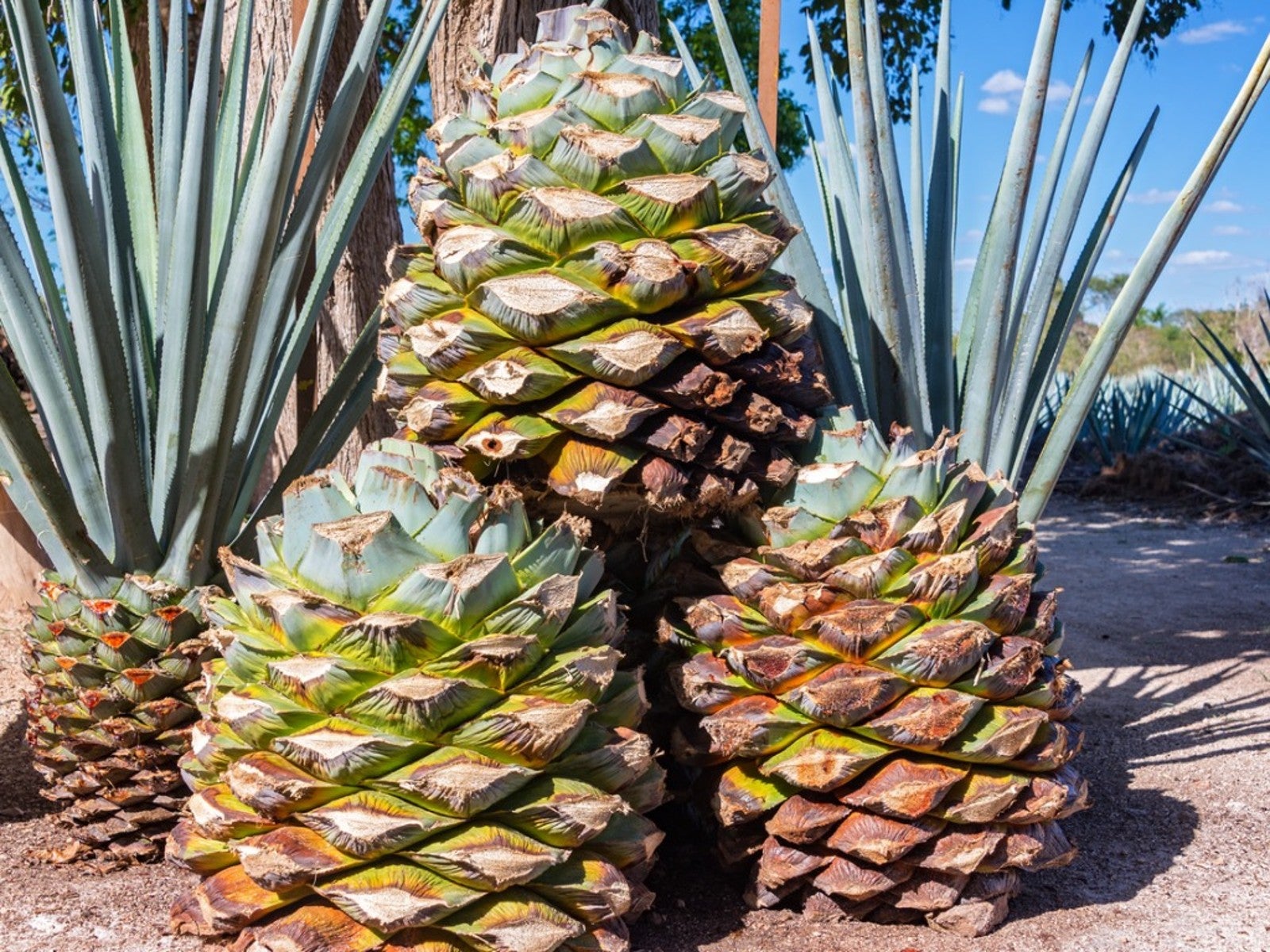
At one time growing blue agave was most notable for its production into tequila, but today blue agave nectar is giving the liquor a run for its money. Blue agave sweetener is being featured more often due to its low glycemic index, a boon for diabetics and others monitoring their sugar intake. Blue agave nectar and tequila aren’t the only uses for the versatile blue agave plant however.
Blue Agave Plant Uses
The blue agave plant is used to make another alcoholic drink called pulque. A sweet liquid is captured after the flower stem is cut just prior to flowering and is then fermented.
For the production of tequila and mezcal, the sugars are extracted from the heart of the blue agave plant and then distilled. Mezcal is similar to tequila but only made in select regions and from specific varieties of agave.
The blue agave plant’s leaves yield fiber known as pita that is used to make rope. Blue agave has also been used in soap, lip balm, toothpaste and hair care products.
Blue Agave Nectar
Blue agave sweetener is a natural sweetener that belongs to a class of carbohydrates called fructans. Fructans are rich in inulin, which has a minimal impact on blood sugar. It also increases calcium absorption and promotes probiotic bacteria.
Blue agave nectar is produced by expressing the juice from the core of the blue agave plant. This juice is then filtered to create blue agave nectar or syrup. The nectar is then heated to concentrate the filtered juice, creating a syrup-like liquid.
Growing Blue Agave
Blue agave plants consist of a rosette comprised of long, spear-shaped, fleshy barbed leaves. There are over 200 species of agave. As the name implies, the leaves of blue agave are blue/green.
Gardening tips, videos, info and more delivered right to your inbox!
Sign up for the Gardening Know How newsletter today and receive a free copy of our e-book "How to Grow Delicious Tomatoes".
Hardy plants, blue agave are deer resistant and drought tolerant, although they should be grown in a frost free region. The most commonly grown is A. americana or century plant. Despite the name, the plant only lives 10-30 years. At the end of its life cycle, the plant sends up a tall flower stalk topped with yellow blooms. The plant is propagated via rhizomes which send up “pups” or new plants.
Blue Agave Care
As mentioned, blue agave plants are resilient, hardy specimens. Once established, they need very little care. Native to Mexico and the Southern United States, blue agave plants prefer sandy, slightly acidic, or well-draining gravelly soil.
To prolong the life of the plant, cut off the flower stalk. Blue agave plants can be container grown, but will need to be repotted each year. Prune out any dead or damaged leaves each year with pruners or if need be a saw. Take care handling the plant as some people experience contact dermatitis resulting from calcium oxalate crystals or raphides.

Amy Grant has been gardening for 30 years and writing for 15. A professional chef and caterer, Amy's area of expertise is culinary gardening.
-
 Try The Trend – Turn Any Bed Into A Keyhole Garden With This Clever In-Ground Composter
Try The Trend – Turn Any Bed Into A Keyhole Garden With This Clever In-Ground ComposterKeyhole gardening is an efficient and sustainable practice that saves space. Get started on this DIY project quickly and easily with an in-ground composter.
By Bonnie L. Grant
-
 4 Superfast Composting Methods: Turn Waste Into Garden Gold In 30 Days Or Less
4 Superfast Composting Methods: Turn Waste Into Garden Gold In 30 Days Or LessTry the fastest composting methods to turbocharge your pile and transform kitchen scraps and garden waste into finished compost in just a few weeks.
By Mary Ellen Ellis
-
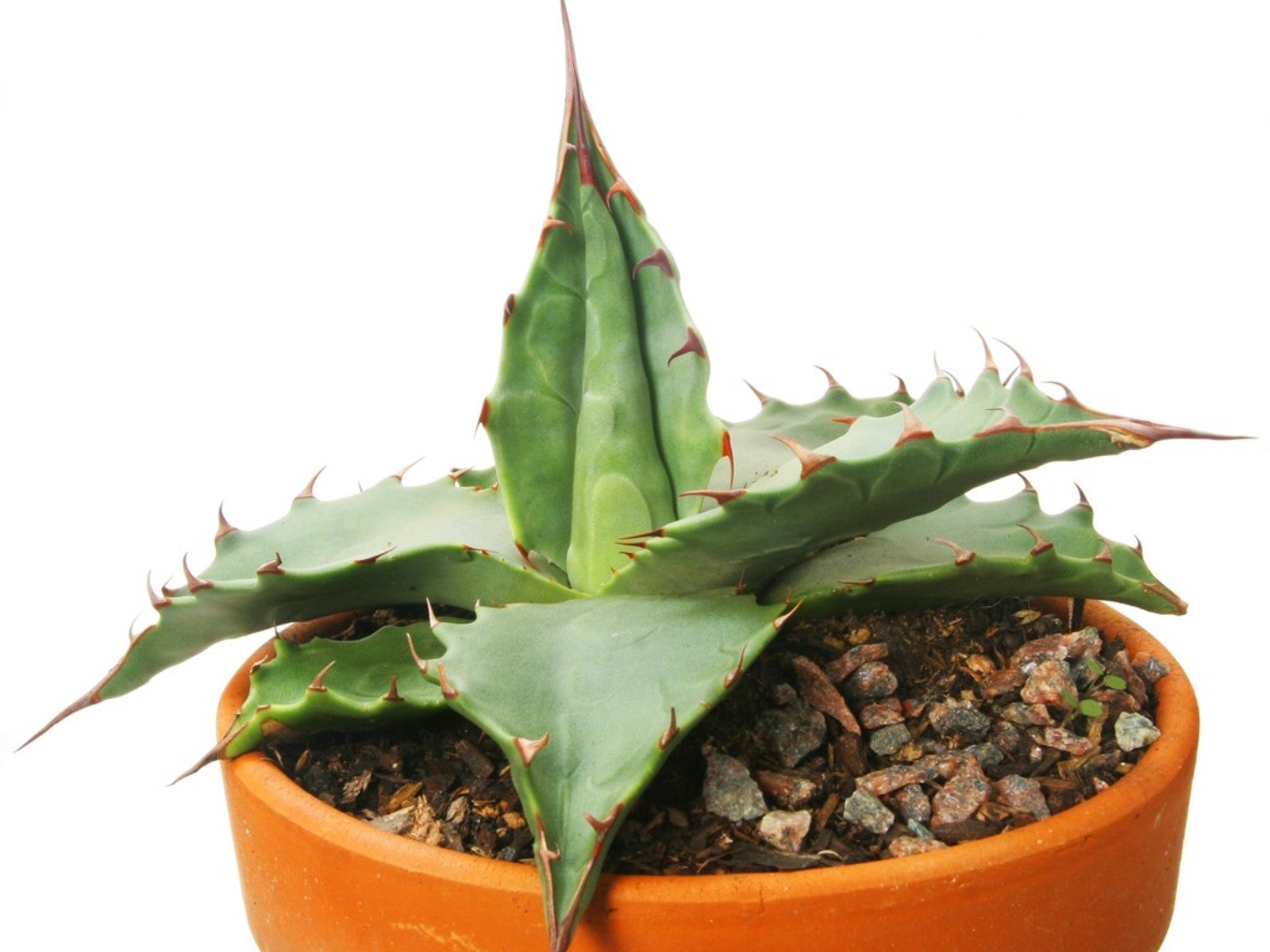 How To Propagate Agave: Instructions And Tips For Agave Propagation
How To Propagate Agave: Instructions And Tips For Agave PropagationAgave plants are popular, but they do have one drawback. They are a monocarpic species, and understanding how to propagate agave is an essential part of their care.
By Laura Miller
-
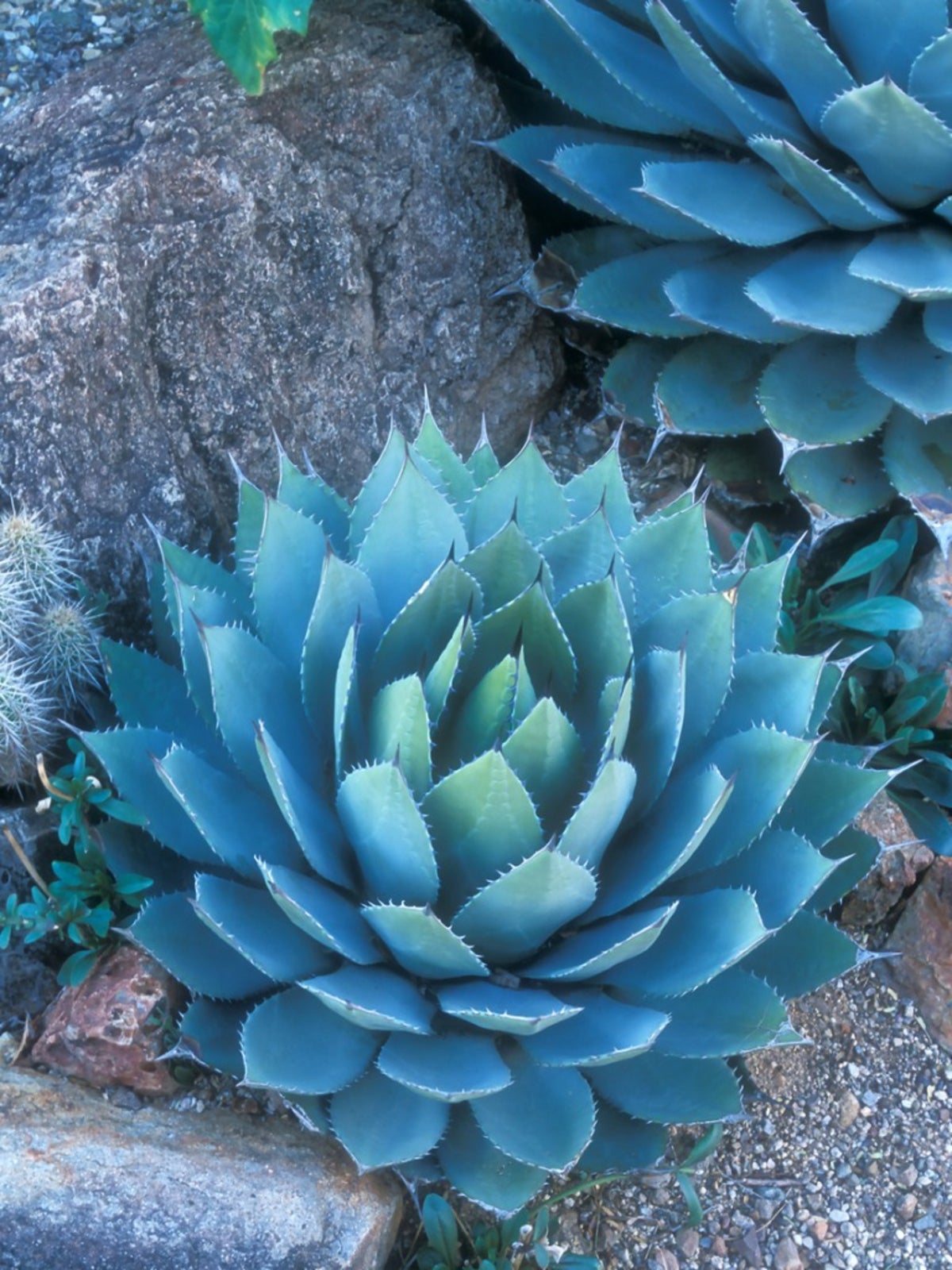 Grow An Artichoke Agave Plant - Artichoke Agave Parryi Info
Grow An Artichoke Agave Plant - Artichoke Agave Parryi InfoHow big does Artichoke agave get? Not as large a species as some varieties, but what it lacks in size it makes up for with an amazing flower, glorious color, and a compact rosette.
By Bonnie L. Grant
-
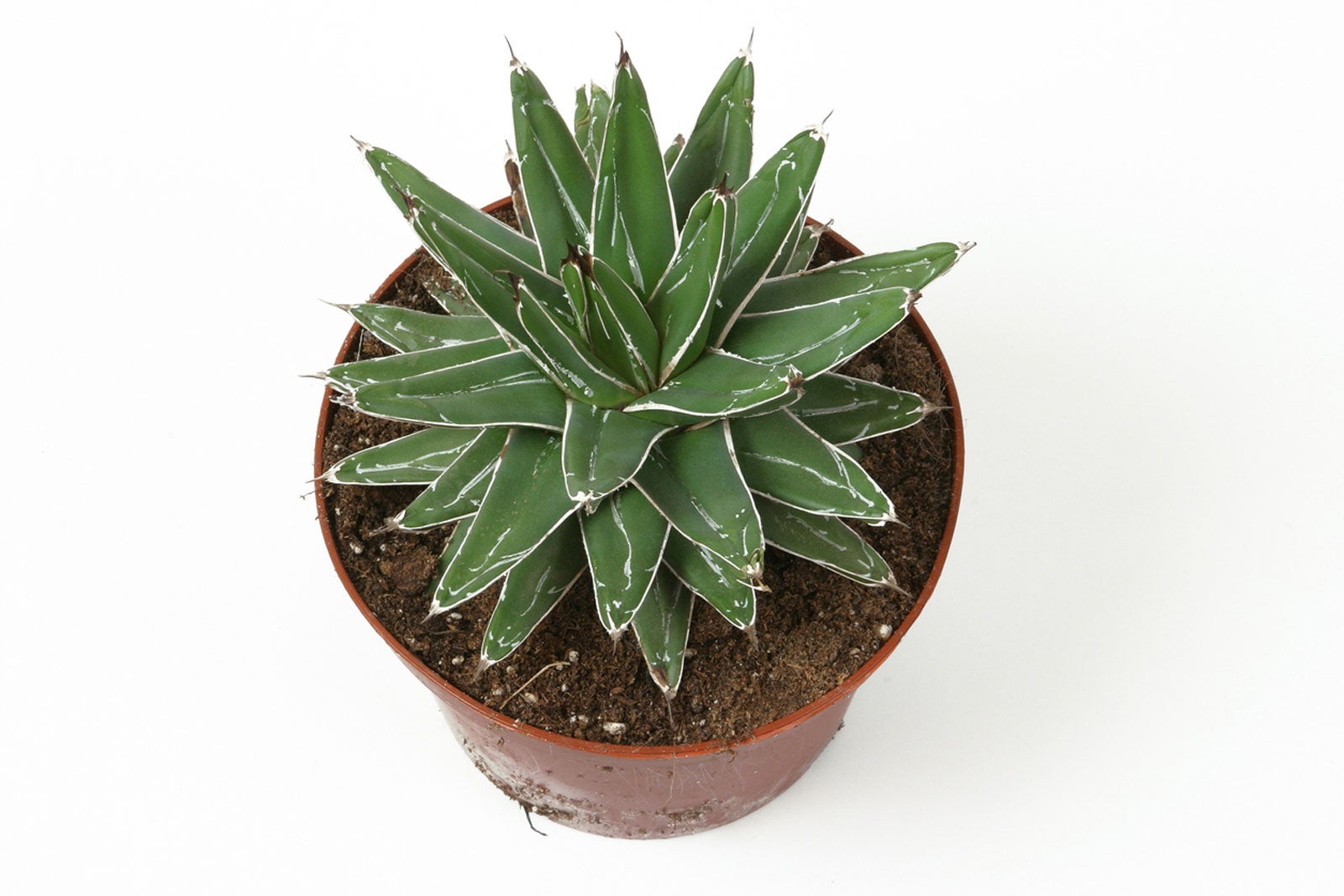 Agave Houseplant Care – Growing Agave As A Houseplant
Agave Houseplant Care – Growing Agave As A HouseplantMaybe it’s too much of a hassle to bring agave in and out with the seasons. You might wonder if you can grow agave as a houseplant. The answer is yes, you can, although some types may grow better than others if kept exclusively indoors. Learn more here.
By Becca Badgett
-
 Different Agave Plants – Commonly Grown Agaves In Gardens
Different Agave Plants – Commonly Grown Agaves In GardensOne of agave's most common uses in the landscape is for privacy or as mass plantings of thorny unpleasant defense plants. However, grown as specimen plant, different agave plants can add height, shape or texture to the landscape. Learn About varieties of agave here.
By Darcy Larum
-
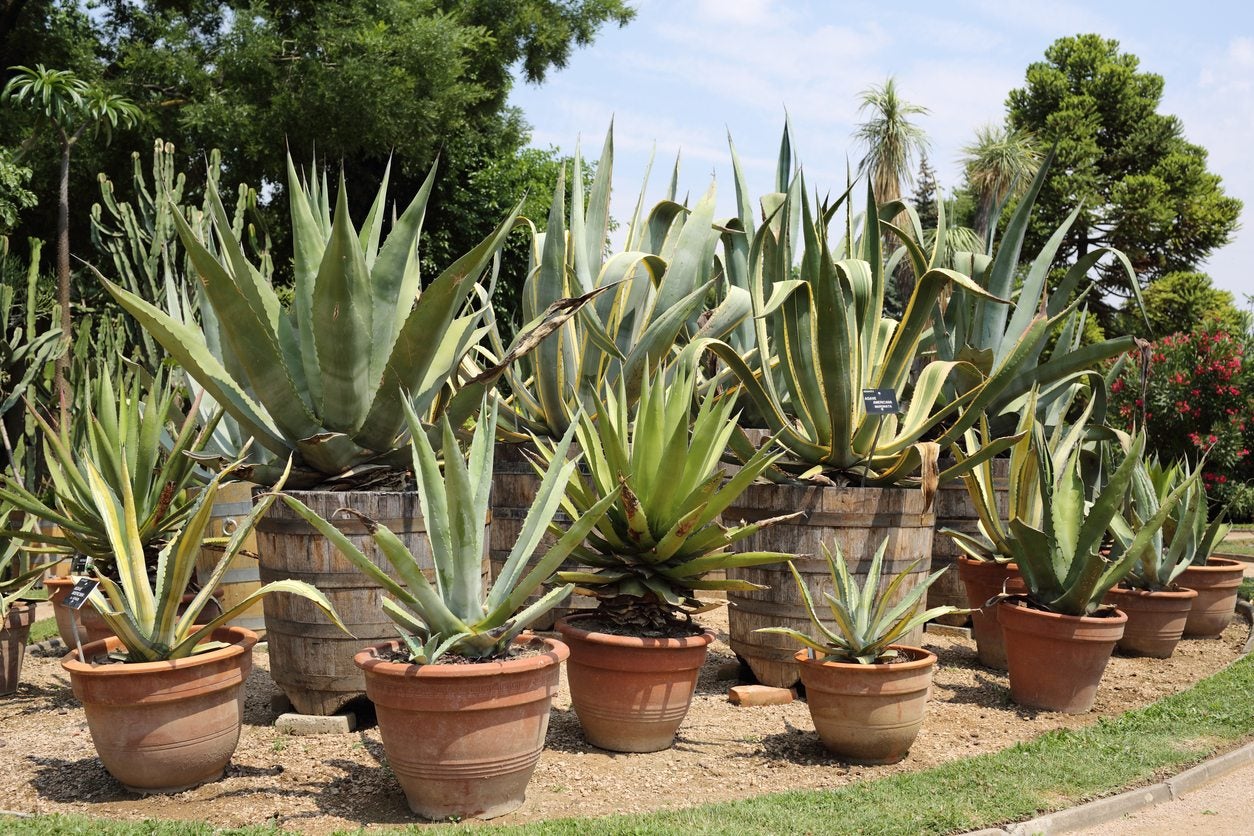 Potted Agave Care: Tips On Growing Agave Plants In Pots
Potted Agave Care: Tips On Growing Agave Plants In PotsCan agave grow in pots? You bet! With so many varieties of agave available, container grown agave plants are an excellent choice for the gardener with limited space, less than perfect soil conditions, and a lack of abundant sunlight. Click here to learn more.
By Gardening Know How
-
Caulotops Barberi Pests: Learn About Agave Plant Bug Control
While generally a low maintenance, easy-to-grow plant, agave can be susceptible to pest problems. If you have noticed bugs eating agave plants in your landscape, click here to learn more about controlling agave plant bugs in the garden.
By Darcy Larum
-
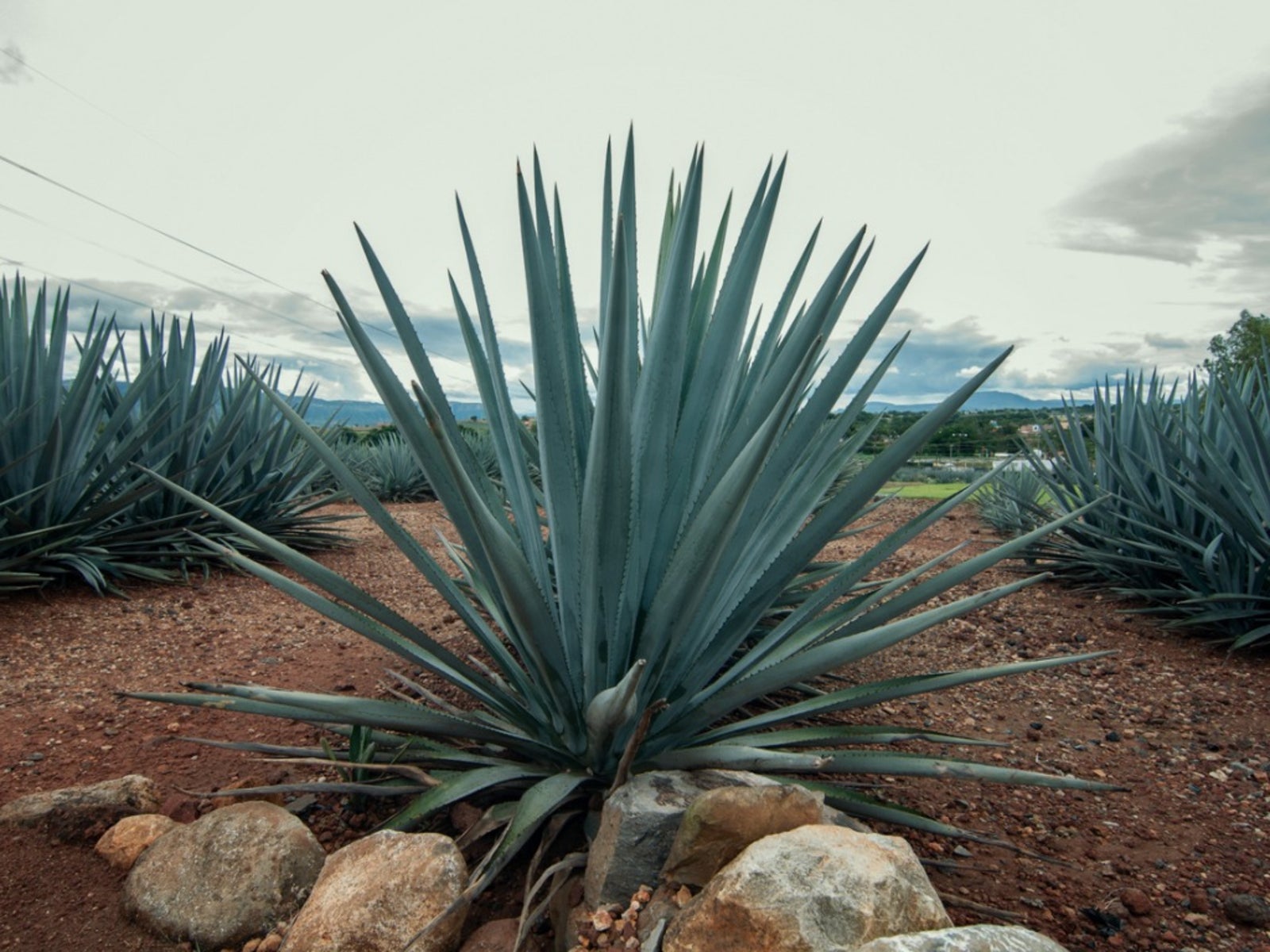 What Is Agave Crown Rot: How To Save Plants With Crown Rot
What Is Agave Crown Rot: How To Save Plants With Crown RotMid- to late-summer crown rot of agave plants can be common in cooler climates and potted plants. Learn what you can do for agave plants with crown rot in the article that follows. Click here for additional information.
By Darcy Larum
-
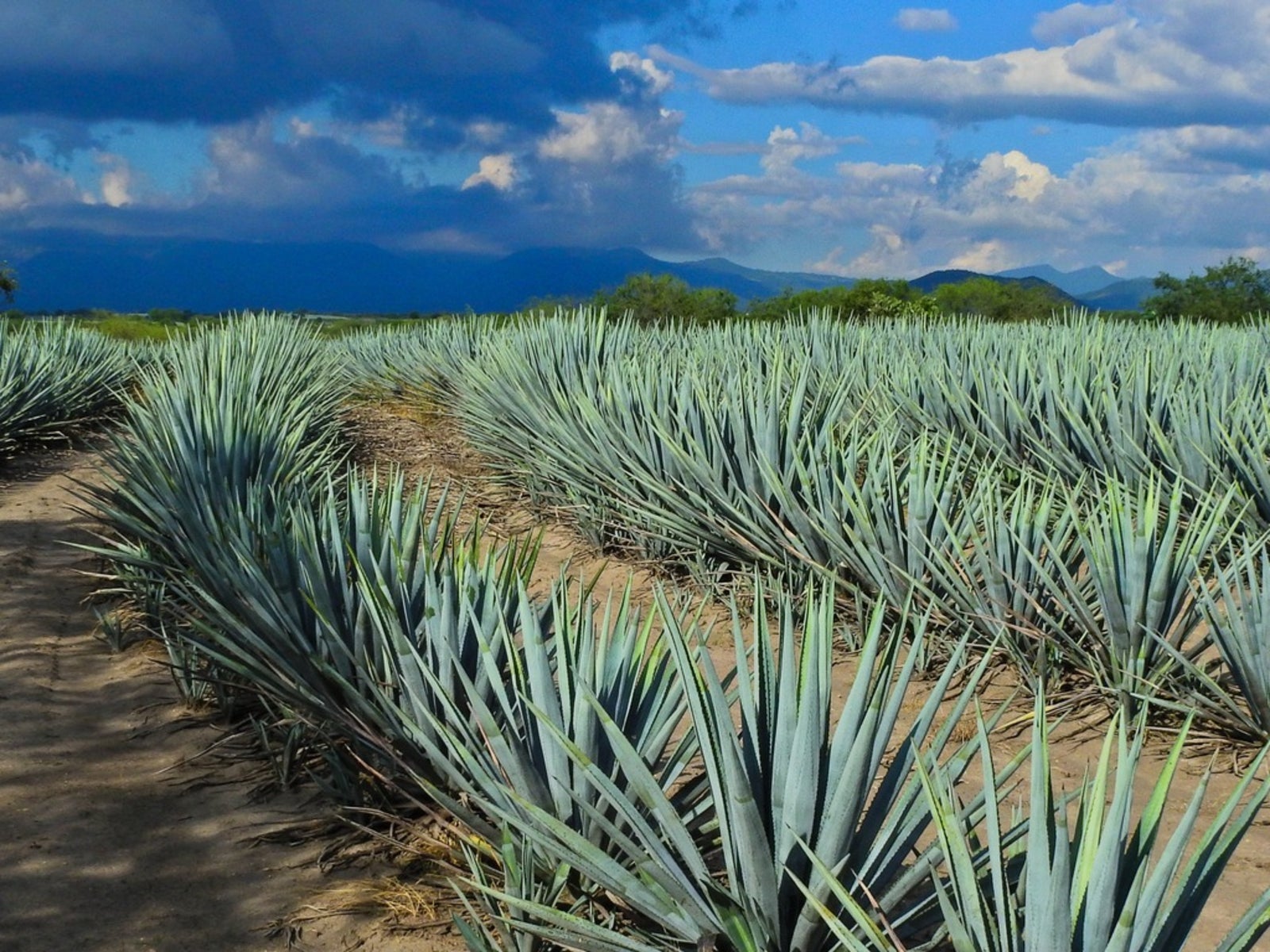 Managing Root Rot In Agave – How To Treat Agave Root Rot
Managing Root Rot In Agave – How To Treat Agave Root RotRoot rot is a common disease in plants that is usually caused by poor drainage or improper watering. While more common in potted plants, root rot can also affect outdoor plants. Learn more about managing root rot in agave with the following information.
By Darcy Larum